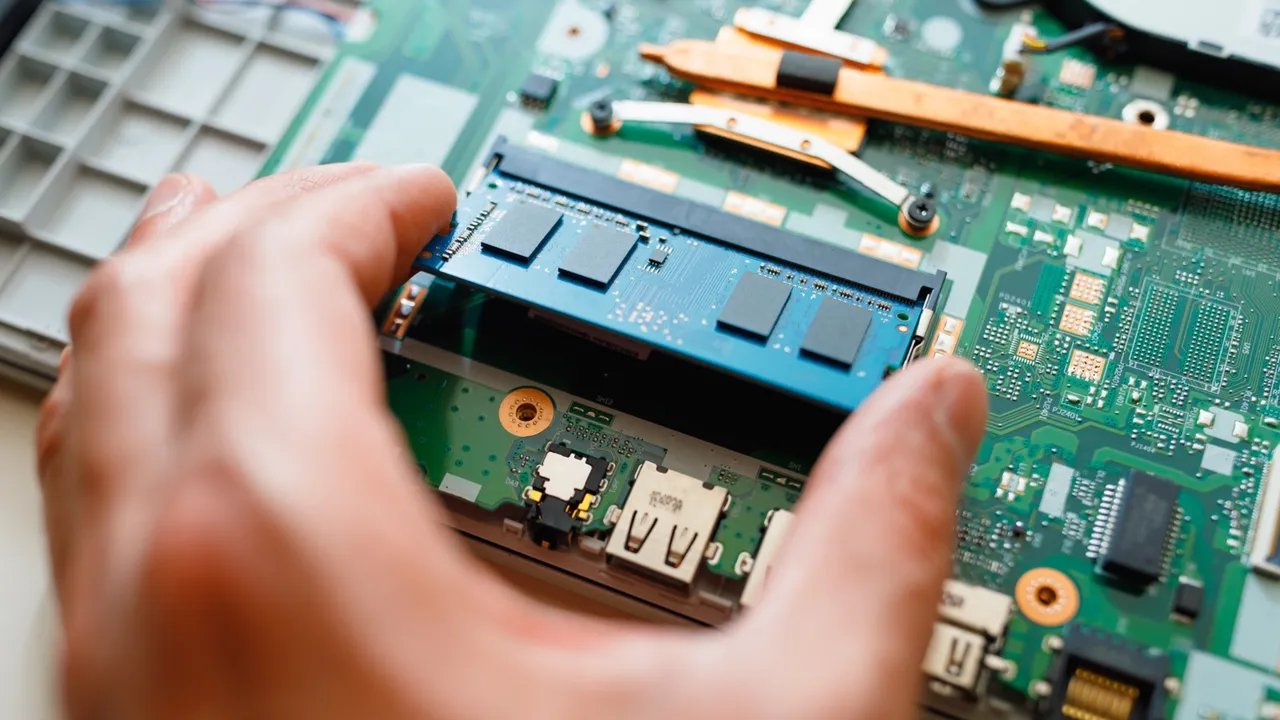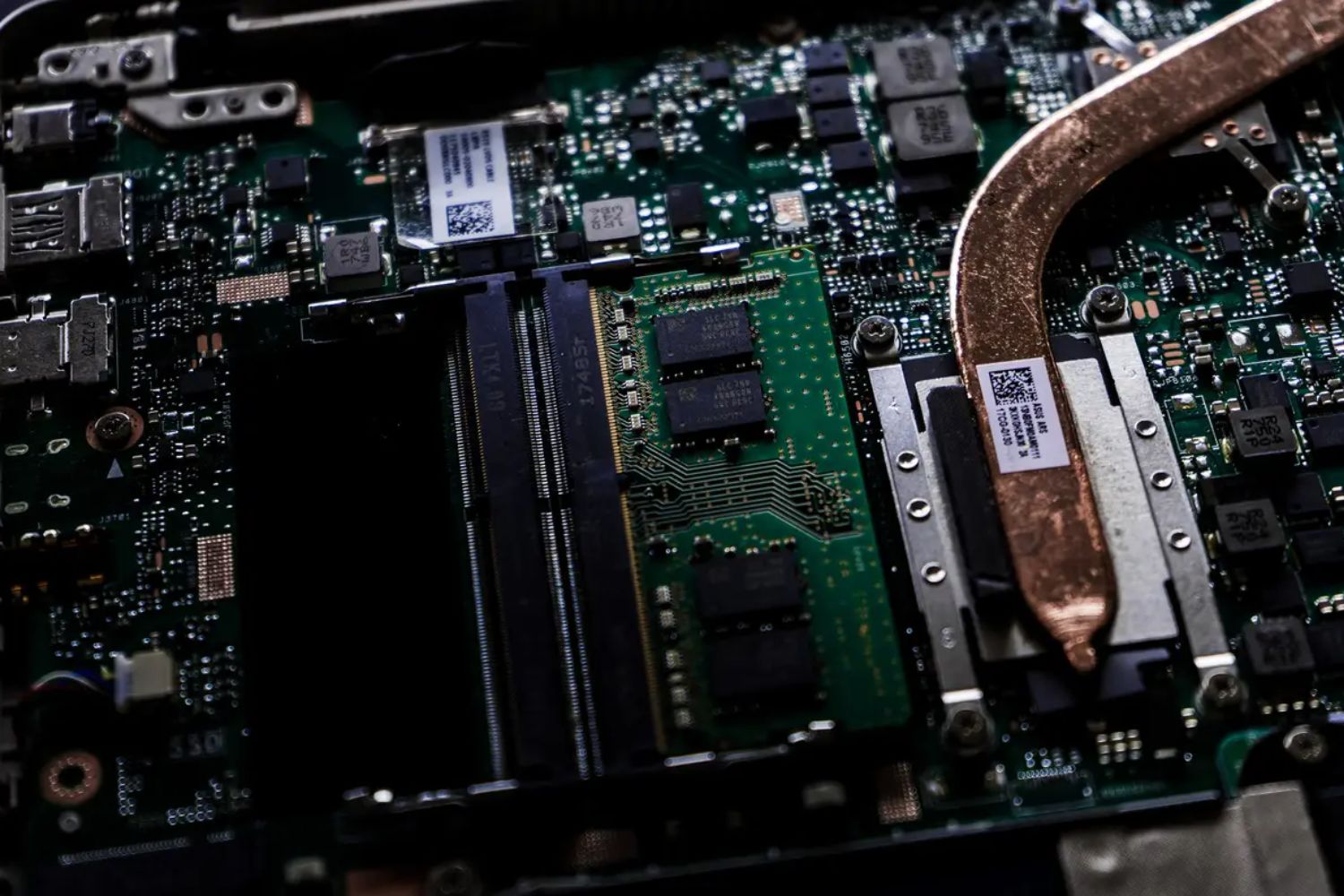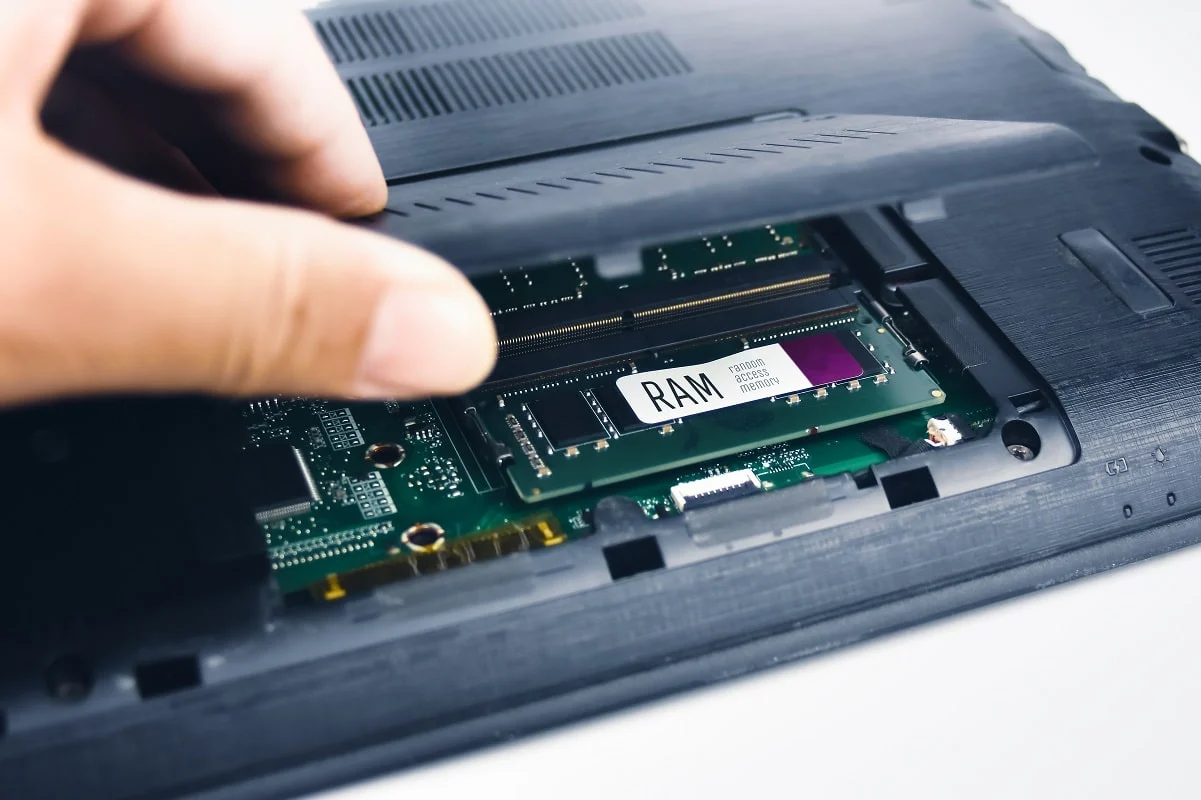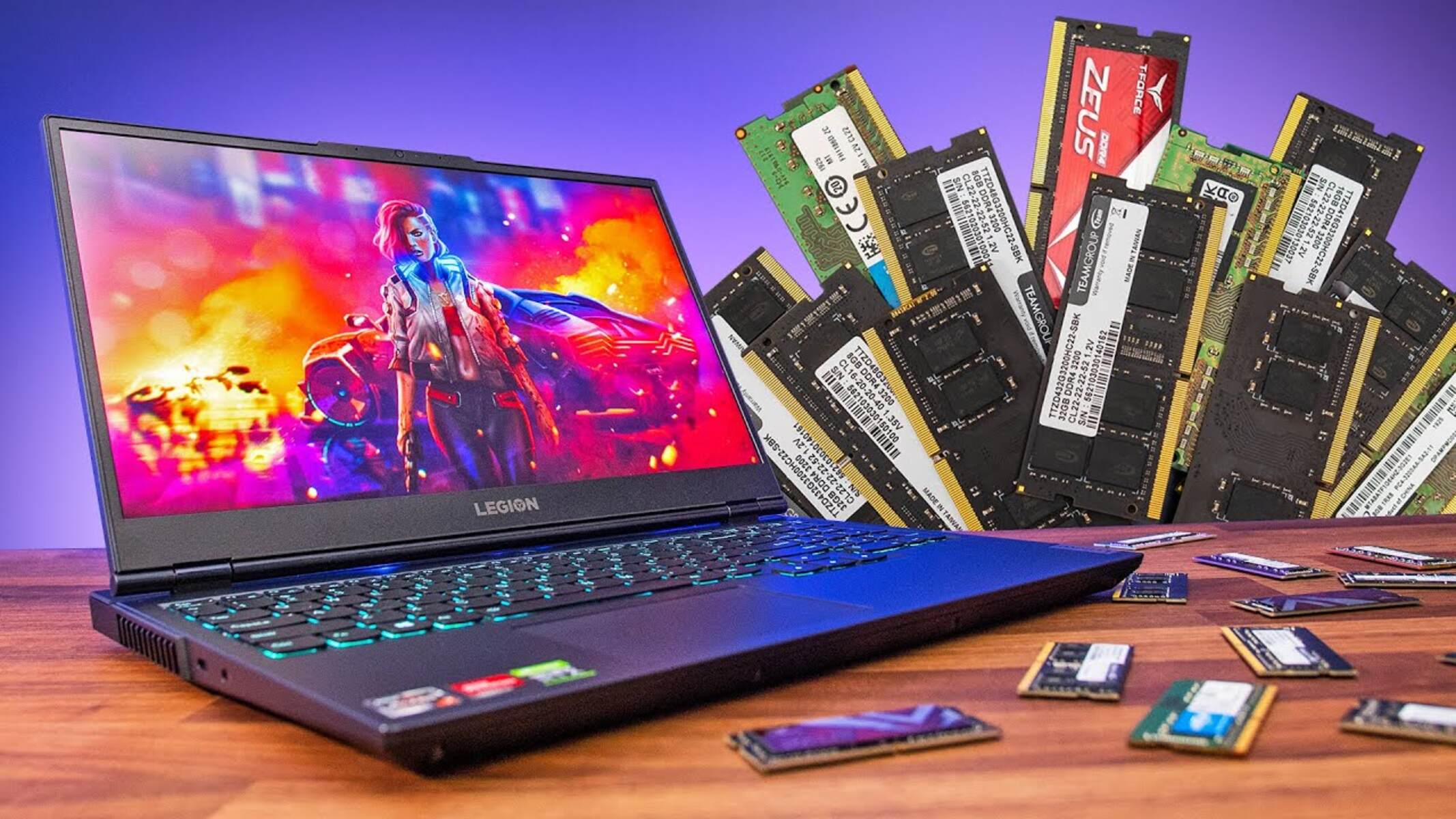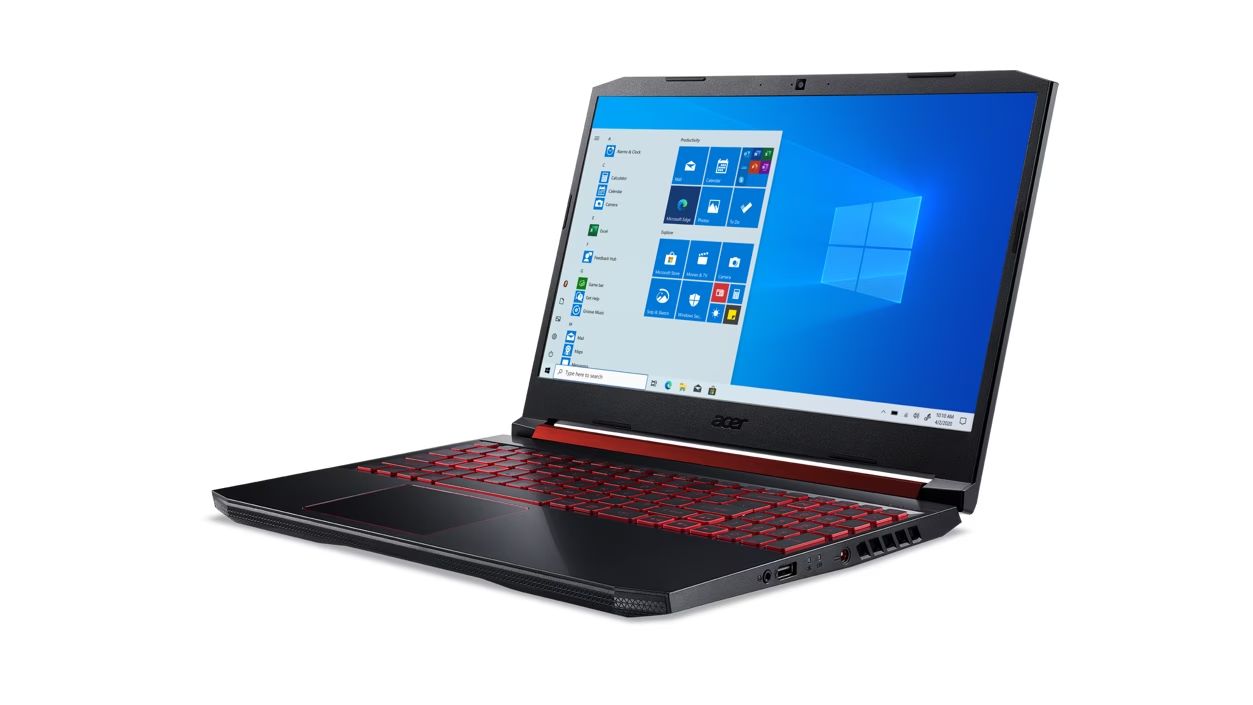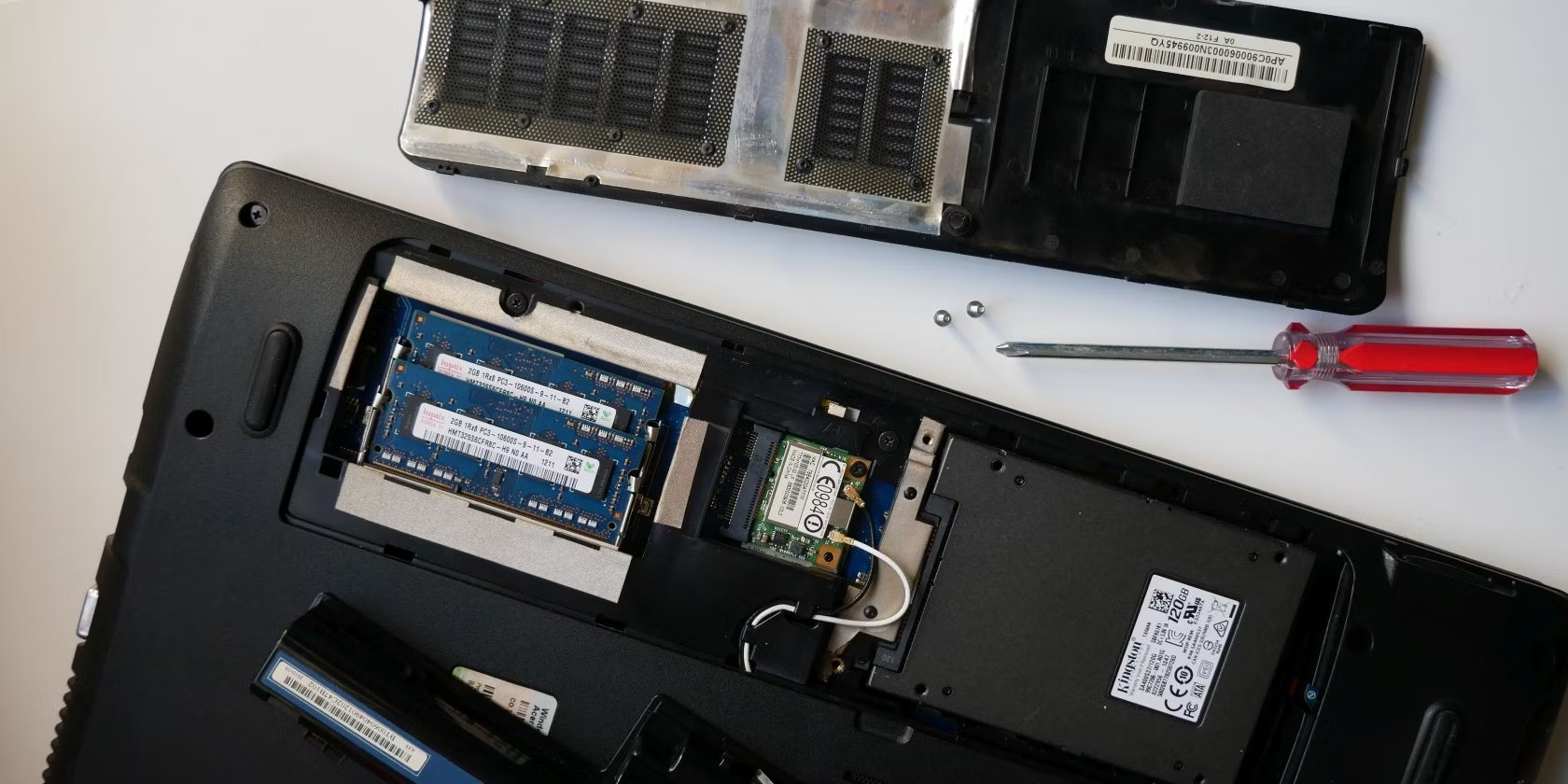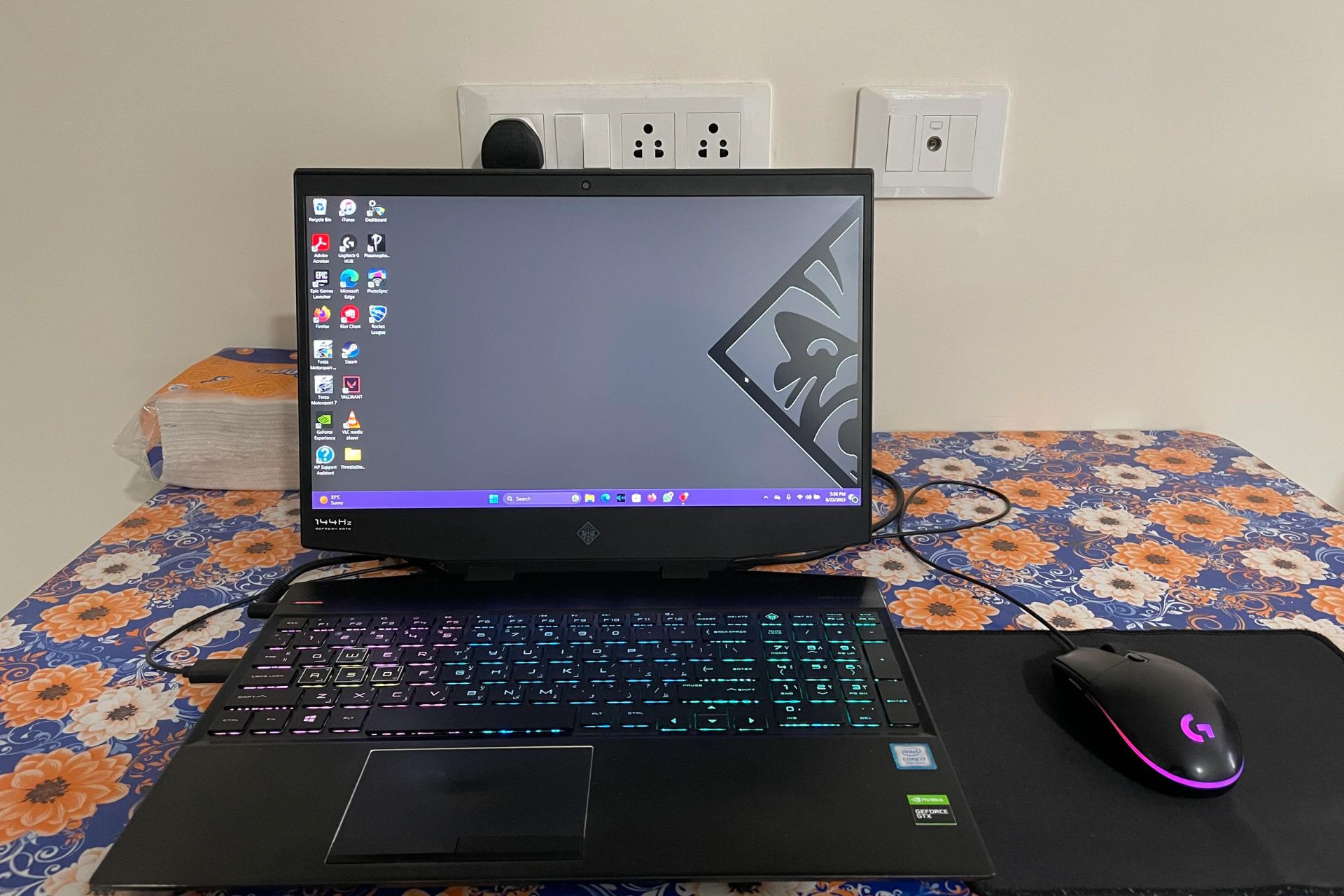Introduction
Welcome to the world of laptop specifications! If you have ever wondered how much RAM your laptop should have, you are in the right place. RAM, or Random Access Memory, plays a vital role in the overall performance and functionality of your laptop.
RAM is essentially the temporary storage space that your laptop uses to load and run applications, as well as store data that is actively being used. Think of it as your laptop’s short-term memory. The more RAM your laptop has, the faster and smoother it can handle multiple tasks and applications simultaneously.
Understanding how much RAM your laptop should have can be a bit daunting, especially with the multitude of options available in the market. The ideal amount of RAM depends on several factors, including the specific tasks you plan to perform on your laptop.
In this guide, we will delve into the importance of RAM for laptop performance, explore the minimum RAM requirements for different laptop types, and provide comprehensive RAM recommendations for everyday tasks, gaming, and content creation. We will also discuss how to check the amount of RAM in your laptop and provide step-by-step instructions for upgrading the RAM if needed.
So, whether you are a casual user, a gamer, or a content creator, read on to find out how much RAM your laptop should have, and get ready to unleash its full potential!
What is RAM?
Before we dive into how much RAM your laptop should have, let’s first understand what RAM actually is. RAM, short for Random Access Memory, is a core component of your laptop’s hardware. It is a type of volatile memory that allows your laptop to quickly access and store data that is actively being used.
Unlike the long-term storage offered by your hard drive or SSD, RAM provides temporary storage that is used by your laptop’s operating system, applications, and data currently in use. It acts as a bridge between your laptop’s processor and storage devices, enabling fast data retrieval and efficient multitasking.
RAM is like a workspace for your laptop’s processor. When you launch an application or open a file, the relevant data is loaded into RAM for quick access. This allows your laptop to respond swiftly and smoothly when running multiple applications or performing demanding tasks.
It’s important to note that RAM is volatile memory, which means that its contents are cleared when your laptop is shut down or restarted. This is why you may experience data loss if you haven’t saved your work before a power outage or system crash.
The capacity of RAM is measured in gigabytes (GB). The more RAM your laptop has, the more data it can store and access at the same time. This translates to improved multitasking capabilities, faster application loading times, and smoother overall performance.
It is worth mentioning that the speed of RAM, measured in megahertz (MHz), is also a factor to consider. Higher RAM speeds can provide faster data transfer rates, resulting in improved performance. However, keep in mind that the speed of your RAM should be compatible with your laptop’s motherboard and other components for optimal functionality.
Now that you have a better understanding of what RAM is and its role in your laptop’s performance, let’s explore why RAM is important and how it affects your laptop’s functionality.
Why is RAM important for laptop performance?
RAM plays a crucial role in determining the performance and responsiveness of your laptop. Here are some key reasons why RAM is so important:
- Multi-tasking: When you have multiple applications running simultaneously, each of them requires a certain amount of RAM to function properly. With sufficient RAM, your laptop can handle several tasks at once without slowing down or freezing. This is particularly important if you frequently work with resource-intensive applications like photo or video editing software.
- Faster Application Loading Times: The more RAM you have, the more data can be loaded into it, reducing the need for your laptop to access slower storage devices like hard drives or SSDs. This results in faster application loading times, allowing you to start working on tasks more quickly and efficiently.
- Smoothness and Responsiveness: RAM allows your laptop’s operating system to store and access frequently used data, making your laptop more responsive and smoother in everyday tasks. Whether you’re browsing the web, working on documents, or watching videos, having enough RAM ensures a seamless user experience.
- Gaming Performance: Gaming enthusiasts know the importance of having sufficient RAM. Games with high graphics and complex environments require a significant amount of RAM to render and store the necessary data. Insufficient RAM can result in laggy gameplay, frame rate drops, and longer loading times. If you’re a gamer, having enough RAM is essential for enjoying a smooth and immersive gaming experience.
- Future-Proofing: As technology progresses, software applications become more resource-demanding. By ensuring that your laptop has enough RAM, you’re future-proofing your system and ensuring it can meet the requirements of future software updates and advancements.
Ultimately, having sufficient RAM allows your laptop to efficiently manage and process data, improving overall performance and user experience. It allows you to work seamlessly, run resource-intensive applications, and enjoy smooth multitasking without frustrating slowdowns or freezes.
Now that we understand why RAM is crucial for laptop performance, let’s explore the minimum RAM requirements for different types of laptops.
Minimum RAM requirements for different types of laptops
The minimum RAM requirements for laptops can vary depending on the type of usage and the operating system you are running. Here are some general guidelines for minimum RAM requirements:
- Basic Usage: If you primarily use your laptop for basic tasks like web browsing, email, word processing, and streaming videos, a minimum of 4GB of RAM should be sufficient. This amount of RAM allows you to perform these tasks smoothly without any major slowdowns.
- Mid-range Usage: If you tend to run multiple applications simultaneously or work with slightly more resource-intensive software, such as light photo editing or spreadsheet applications, consider upgrading to 8GB of RAM. This will provide a more comfortable multitasking experience and prevent your laptop from becoming sluggish.
- Resource-intensive Usage: For users who frequently work with demanding applications like video editing software, 3D modeling programs, or gaming, a higher minimum RAM requirement is recommended. Aim for at least 16GB of RAM, as these applications require a significant amount of memory to operate smoothly. This ensures that your laptop can handle the processing and storage requirements, allowing for efficient workflow and optimal performance.
- Operating System Requirements: It’s also important to consider the minimum RAM requirements of the operating system you are running. For example, the latest versions of Windows and macOS typically require a minimum of 4GB of RAM to function properly. Keep in mind that these are minimum requirements, and having more RAM than the minimum will result in better performance.
It’s worth noting that these are general guidelines and the specific RAM requirements may vary depending on the software applications you use and their demands. Additionally, if you plan to use virtual machines or run resource-intensive tasks simultaneously, you may need even more RAM to ensure smooth operation.
Now that we have explored the minimum RAM requirements, let’s move on to specific RAM recommendations for different usage scenarios such as everyday tasks, gaming, and content creation.
RAM recommendations for everyday tasks
For everyday use, such as web browsing, email, word processing, and multimedia streaming, having sufficient RAM ensures a smooth and snappy experience. Here are some RAM recommendations based on different levels of usage:
- Basic Usage: If you primarily engage in basic tasks like web browsing, email, and word processing, 8GB of RAM is generally sufficient. This amount of RAM allows you to open multiple browser tabs, handle email attachments, and work on documents without experiencing significant slowdowns.
- Mid-range Usage: Users who tend to multitask or work with slightly more resource-intensive software will benefit from 16GB of RAM. This amount of RAM provides ample headroom for running multiple applications simultaneously, such as having multiple browser tabs open while working on a document or editing images.
- Heavy Multitasking: If you frequently switch between a variety of applications or work with memory-consuming software, such as running virtual machines or working with large datasets, consider upgrading to 32GB or more of RAM. This will help ensure smooth performance and prevent your laptop from running out of memory when handling intensive tasks.
It’s worth mentioning that RAM requirements can vary based on the specific software applications you use. For example, if you frequently use resource-intensive software like Adobe Creative Suite or video editing software, it is advisable to have more RAM to accommodate the software’s memory requirements.
Additionally, keep in mind that having more RAM than the minimum requirement allows for better multitasking and future-proofing your system. The additional headroom provided by higher amounts of RAM ensures that your laptop can handle future software updates and usage demands.
Now that we have covered RAM recommendations for everyday tasks, let’s move on to exploring RAM recommendations for gaming laptops.
RAM recommendations for gaming laptops
Gaming laptops require a substantial amount of RAM to handle the demanding requirements of modern games. Here are some RAM recommendations for gaming laptops based on different levels of gaming:
- Casual Gaming: If you enjoy casual gaming and play less demanding titles, such as indie games or older releases, a minimum of 8GB of RAM should suffice. This amount of RAM allows you to run the game smoothly without experiencing major performance issues.
- Mid-range Gaming: For gamers who play more mainstream titles and want to have a smoother gaming experience, 16GB of RAM is the recommended minimum. This amount of RAM provides headroom for running the game, background applications, and potentially livestreaming or video recording your gameplay.
- High-end Gaming: Gamers who play AAA titles or wish to future-proof their system for upcoming games should consider investing in 32GB or more of RAM. This amount of RAM allows for superior performance, faster loading times, and smoother gameplay, even with the most demanding games on high settings.
It’s important to note that other factors, such as the graphics card and CPU, also play a significant role in gaming performance. However, having sufficient RAM is crucial for ensuring smooth gameplay and preventing performance bottlenecks.
Additionally, if you plan on using mods or running several applications and background processes while gaming, it’s advisable to have more RAM to accommodate the additional workload. This will prevent your laptop from running out of memory and impacting the gaming experience.
Remember that it is always better to have more RAM than the minimum recommendations, as games and software requirements can vary. A higher amount of RAM also allows for better multitasking while gaming, such as running voice chat software, streaming services, or using other utilities alongside the game.
Now that we have covered RAM recommendations for gaming laptops, let’s move on to exploring RAM recommendations for content creation.
RAM recommendations for content creation
Content creation tasks, such as video editing, graphic design, 3D modeling, and music production, require a significant amount of RAM to handle the resource-intensive software used in these processes. Here are some RAM recommendations for content creation:
- Basic Content Creation: If you engage in light content creation tasks, such as basic photo editing or simple graphic design, 16GB of RAM should be sufficient. This amount of RAM allows you to work smoothly with small to medium-sized projects without experiencing significant slowdowns or memory constraints.
- Mid-range Content Creation: For more demanding content creation tasks, such as high-resolution video editing or complex 3D modeling, it is advisable to have a minimum of 32GB of RAM. This amount of RAM provides ample headroom to handle large media files, perform complex editing tasks, and run multiple applications simultaneously.
- Professional-level Content Creation: Professional content creators who work with industry-standard software and handle large-scale projects will benefit from having 64GB of RAM or more. This allows for smooth workflow, faster rendering times, and the ability to handle complex projects with ease.
Having an adequate amount of RAM is essential for content creators as it directly impacts productivity and performance. The more RAM you have, the more data can be stored and manipulated in real-time, resulting in faster processing, smoother previews, and reduced rendering times.
Other factors, such as the CPU and storage speed, also play a significant role in content creation tasks. However, sufficient RAM is crucial for handling memory-intensive processes and ensuring a seamless experience with resource-hungry software like Adobe Creative Suite, Autodesk applications, or music production software.
Keep in mind that content creation requirements can vary depending on the complexity and scale of your projects. If you frequently work on large-resolution videos, complex animations, or multi-layered compositions, consider increasing the amount of RAM to accommodate the specific demands of your workflow.
Now that we have covered RAM recommendations for content creation, let’s move on to exploring how to check the amount of RAM in your laptop and how to upgrade it if necessary.
How to check the amount of RAM in your laptop
If you’re unsure about the amount of RAM installed in your laptop, you can easily check it using the following methods:
- Task Manager (Windows): On Windows laptops, you can use the built-in Task Manager utility to check your RAM usage and capacity. To access it, right-click on the taskbar and select “Task Manager” from the menu. In the Task Manager window, navigate to the “Performance” tab and click on “Memory.” Here, you can view the amount of RAM installed on your laptop.
- About This Mac (macOS): On macOS laptops, you can check the amount of RAM installed by clicking on the Apple logo in the menu bar and selecting “About This Mac.” In the “Overview” tab, you will see information about your Mac, including the amount of memory (RAM) installed.
- System Information Utility: Both Windows and macOS have a built-in system information utility that provides detailed information about your laptop’s hardware. On Windows, you can access it by typing “System Information” in the search bar and launching the corresponding application. On macOS, open “Utilities” in the Applications folder and run the “System Information” application. In the system information window, look for the “Memory” or “RAM” section to find the installed RAM capacity.
Using these methods, you can quickly determine the amount of RAM installed in your laptop. It’s worth noting that the displayed RAM capacity might not be the same as the usable RAM, as a portion of it could be reserved for system processes.
Now that you know how to check your laptop’s RAM capacity, let’s move on to exploring how to upgrade the RAM if necessary.
How to upgrade the RAM in your laptop
If you find that your laptop’s current RAM capacity is insufficient for your needs, you can consider upgrading it. Here’s a general guide on how to upgrade the RAM in your laptop:
- Check laptop compatibility: Before purchasing new RAM modules, make sure to check your laptop’s compatibility with the type and capacity of RAM you intend to upgrade. You can refer to your laptop’s user manual or visit the manufacturer’s website for the specifications.
- Purchase compatible RAM: Once you know the type and capacity of RAM your laptop supports, purchase the compatible RAM modules from a reputable manufacturer or retailer. Ensure that the modules match your laptop’s requirements, including the generation, speed, and capacity.
- Prepare for installation: Before installing the new RAM, make sure to properly shut down your laptop and disconnect any power sources. It’s also recommended to perform a complete backup of your data, just in case any issues arise during the installation process.
- Locate and access the RAM slots: Most laptops have a dedicated compartment or panel on the bottom specifically for accessing and upgrading the RAM. Consult your laptop’s user manual or manufacturer’s website to locate the RAM slots. Use caution and follow proper safety guidelines when removing any covers or panels.
- Remove the existing RAM: Gently spread the retention clips or tabs located on both sides of the RAM module to release it. Carefully remove the module from the slot by pulling it away at an angle. Place the removed RAM module aside in a safe location.
- Install the new RAM: Take the new RAM module and align it with the empty slot at a slight angle. Insert the module into the slot until it is fully seated. Apply gentle pressure using your fingers until both retention clips or tabs snap back into place, securing the new RAM module.
- Close up the laptop: Once the new RAM module is securely installed, close the access panel or cover. Make sure it is properly aligned and secured before tightening any screws, if applicable.
- Power on and verify the upgrade: Reconnect the power sources to your laptop and power it on. Once it boots up, go to the system information utility to confirm that the new RAM is recognized and the capacity has been increased.
It’s important to note that while the process of upgrading RAM is generally straightforward, it may differ slightly depending on your laptop’s make and model. If you’re unsure or uncomfortable performing the upgrade yourself, it’s recommended to seek assistance from a professional technician or authorized service center.
With the new RAM installed, your laptop should now have an increased capacity, allowing for improved performance and multitasking capabilities.
Now that you know how to upgrade the RAM in your laptop, let’s conclude with a summary of the key points discussed.
Conclusion
RAM is a crucial component that significantly impacts the performance and functionality of your laptop. Finding the right amount of RAM for your specific needs is essential for a smooth and efficient computing experience.
In this guide, we discussed what RAM is and why it is important for laptop performance. We explored the minimum RAM requirements for different types of laptops and provided recommendations based on various usage scenarios.
For everyday tasks, 8GB of RAM is generally sufficient, while gaming enthusiasts may benefit from having 16GB or more to ensure smooth gameplay. Content creators working with resource-intensive software should consider having a minimum of 32GB of RAM for optimal performance.
We also covered how to check the amount of RAM in your laptop using built-in utilities, such as Task Manager on Windows and About This Mac on macOS. Additionally, we provided a guide on how to upgrade the RAM in your laptop if you find it necessary to increase its capacity.
Remember to always check your laptop’s compatibility and follow proper safety guidelines when upgrading RAM or seek professional assistance if needed.
By optimizing your laptop’s RAM capacity to meet your specific requirements, you can enhance multitasking capabilities, improve application performance, and ensure a seamless computing experience.
We hope that this guide has provided you with valuable insights on how much RAM your laptop should have and how to upgrade it if necessary. Now, armed with this knowledge, you can unlock the full potential of your laptop and enjoy its optimal performance across various tasks and activities.







